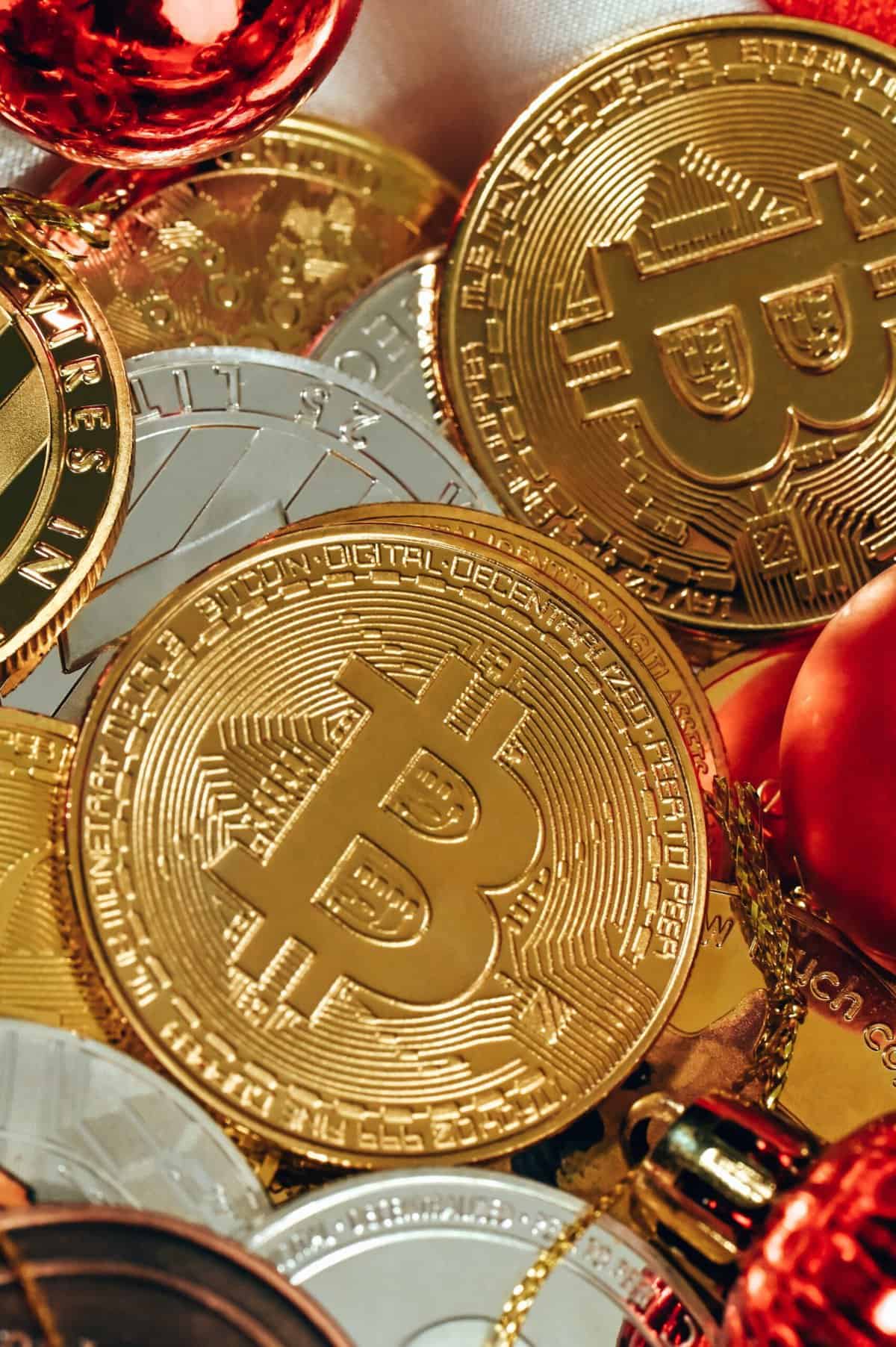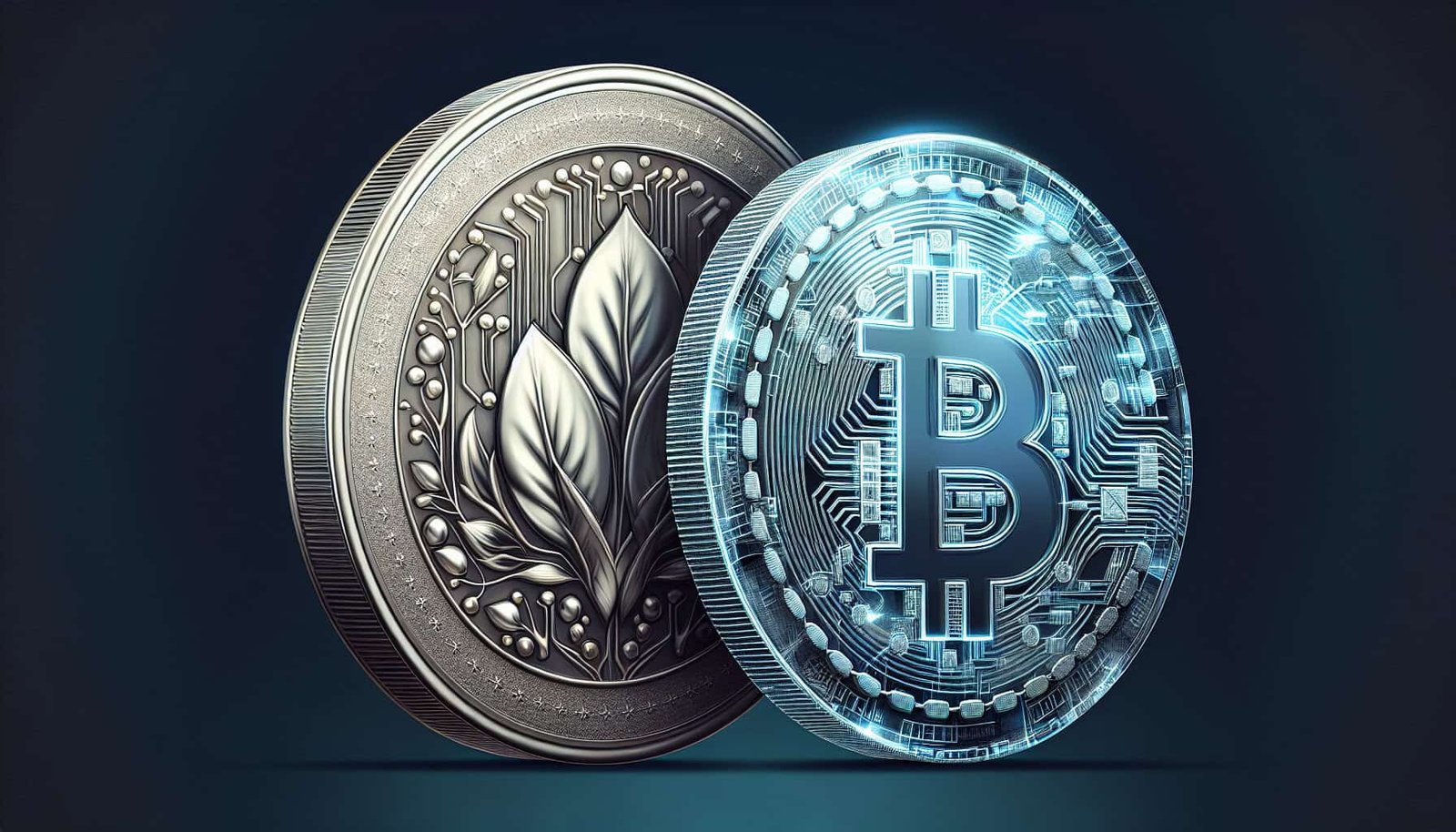Are you ready to explore an exciting new opportunity in the world of cryptocurrency? Look no further than Reserve Rights Token (RSR). Designed to provide stability in the volatile crypto market, RSR is making waves as an innovative solution for both investors and everyday users. With its unique approach to price stability and access to global finance, RSR is set to revolutionize the way we think about digital assets. Join us as we uncover the potential of Reserve Rights Token and discover why it’s quickly becoming a hot topic in the crypto community.

Overview
What is Reserve Rights Token?
Reserve Rights Token (RSR) is the native cryptocurrency of the Reserve Protocol, a decentralized stablecoin platform built on the Ethereum blockchain. The Reserve Protocol aims to provide individuals and businesses with a reliable and censorship-resistant medium of exchange that is not subject to the usual volatility associated with cryptocurrencies.
Purpose of Reserve Rights Token (RSR)
The primary purpose of Reserve Rights Token is to facilitate the stability and growth of the Reserve Protocol. RSR holders have the right to participate in the governance and decision-making processes of the platform, ensuring that the community has a say in the future direction of the project. Additionally, RSR plays a crucial role in stabilizing the value of the Reserve stablecoin by enabling it to maintain a peg to the US dollar.
The Team Behind Reserve Rights Token
Reserve Rights Token is backed by a team of experienced professionals from diverse backgrounds. The team consists of experts in blockchain technology, economics, finance, and software development. Led by CEO Nevin Freeman, Reserve Rights Token is supported by a dedicated community of developers, contributors, and supporters who are passionate about creating a stable and accessible financial system for all.
Token Mechanics
RSR Token Supply
The total supply of Reserve Rights Tokens is capped at 100 billion RSR. However, not all tokens are currently in circulation. The Reserve Protocol implements a dynamic token supply model that adjusts the circulating supply based on market demand and other factors. This mechanism helps maintain price stability and prevents excessive inflation or deflation of the token.
Token Distribution
The initial distribution of RSR was completed through a private token sale, public sale, and strategic partnerships with institutional investors. The Reserve Protocol aims to ensure a fair and equitable distribution of tokens to maximize community participation and minimize concentration of ownership. Ongoing token distributions will be conducted through various mechanisms, including liquidity mining and community incentives.
Token Utility
RSR serves multiple purposes within the Reserve Protocol. Firstly, it is used as the governance token, allowing token holders to propose and vote on changes to the protocol. Secondly, RSR is a vital component in stabilizing the Reserve stablecoin through a collateralization mechanism. Finally, RSR holders also have the potential to earn rewards through staking and participation in ecosystem incentives programs.
Reserve Protocol
What is the Reserve Protocol?
The Reserve Protocol is a decentralized and algorithmic stablecoin platform that aims to address the inherent volatility issues associated with traditional cryptocurrencies. It achieves stability by maintaining a peg to the US dollar, making it a reliable store of value and medium of exchange. The Reserve Protocol uses a combination of smart contracts and market mechanisms to ensure that the Reserve stablecoin remains collateralized and resistant to external manipulation.
How Does the Reserve Protocol Work?
The Reserve Protocol works by maintaining a collateral pool of assets, including other cryptocurrencies and fiat currencies, to back the value of the Reserve stablecoin. When the price of the stablecoin deviates from the peg, market participants can arbitrage the price difference and adjust the circulating supply of the stablecoin accordingly. This mechanism helps to stabilize the value of the stablecoin and maintain its peg to the US dollar.
Benefits of the Reserve Protocol
The Reserve Protocol offers several benefits compared to traditional fiat currencies and other stablecoin solutions. Firstly, it provides accessibility to the unbanked and underbanked populations by offering a decentralized financial infrastructure that operates outside of traditional banking systems. Secondly, the Reserve Protocol avoids the risks of inflation or currency depreciation that are prevalent in many economies. Lastly, the protocol offers transparency and auditability through its open-source nature, allowing users to verify the integrity of the system.
Use Cases
Reserve as a Stablecoin
The Reserve stablecoin has various use cases, including everyday transactions, store of value, and a unit of account. Due to its stability and peg to the US dollar, Reserve can be used as a reliable medium of exchange for both online and offline transactions. Additionally, Reserve can serve as a safe haven during times of economic uncertainty, as its value is not susceptible to the volatility experienced by other cryptocurrencies.
Remittances and Cross-Border Payments
The Reserve Protocol’s stablecoin has the potential to revolutionize the remittance industry by providing a low-cost and efficient means of transferring value across borders. Traditional remittance services often involve high fees and long processing times. By leveraging the Reserve stablecoin, individuals can send and receive funds quickly and securely, bypassing intermediaries and significantly reducing transaction costs.
Hedging Against Inflation
Reserve stablecoin offers a unique advantage to individuals living in economies with high inflation rates. By holding Reserve stablecoins, users can protect their wealth from depreciation and preserve their purchasing power. This is particularly beneficial in economies where the local currency is subject to hyperinflation or volatile exchange rates, providing a stable and reliable alternative for storing value.

Partnerships
Partnerships with Financial Institutions
Reserve Rights Token has formed strategic partnerships with renowned financial institutions to enhance the adoption and usability of its stablecoin. By collaborating with banks and payment processors, Reserve aims to integrate its stablecoin into existing financial systems, allowing users to seamlessly transact and convert their funds between Reserve stablecoin and traditional fiat currencies.
Strategic Partnerships with Blockchain Projects
Reserve Rights Token has also established partnerships with prominent blockchain projects to expand the utility and interoperability of its stablecoin. By integrating with other decentralized platforms, Reserve aims to create a vibrant ecosystem that enables users to leverage Reserve stablecoin for various applications, including decentralized finance (DeFi), lending, and borrowing.
Integration with Merchant Platforms
Reserve Rights Token is actively working on partnerships with major e-commerce platforms and merchant services providers to enable the acceptance of Reserve stablecoin as a means of payment. By integrating the Reserve stablecoin into existing payment systems, merchants can offer their customers an additional payment option and benefit from the stability and efficiency that the Reserve stablecoin provides.
Roadmap
Development Milestones
Reserve Rights Token has achieved significant milestones in its development journey. These include the successful launch of the Reserve Protocol, the introduction of the Reserve stablecoin, and the establishment of key partnerships with financial and blockchain institutions. The team continues to prioritize research and development to enhance the scalability, security, and usability of the Reserve Protocol and its associated products.
Future Plans and Upcoming Features
Looking ahead, Reserve Rights Token has ambitious plans to further expand its ecosystem and increase the adoption of its stablecoin. The team is actively working on launching additional features and functionalities, including the integration of cross-chain capabilities, the introduction of new collateral assets, and the development of user-friendly mobile applications. These initiatives aim to make Reserve stablecoin more accessible and convenient for users worldwide.

Community and Governance
Reserve Rights Token Community
Reserve Rights Token has garnered a strong and supportive community of individuals who are passionate about the project’s vision. The community actively engages in discussions, provides feedback and suggestions, and collaborates on initiatives to promote the adoption and growth of Reserve stablecoin. The Reserve team values community input and strives to foster an inclusive and collaborative environment.
Governance and Decision-Making Process
The Reserve Protocol is designed to be a decentralized and community-driven platform, with RSR holders having the ability to propose and vote on changes to the protocol. This democratic governance structure ensures that major decisions are made collectively, taking into account the perspectives and interests of token holders. By giving power to the community, the Reserve Protocol aims to build a robust and sustainable financial ecosystem.
Tokenomics and Economics
Tokenomics of RSR
The Reserve Rights Token has a dynamic tokenomics model that is designed to incentivize participation and reward long-term token holders. The model includes mechanisms such as staking, where RSR holders can lock their tokens to earn additional rewards. Additionally, the Reserve Protocol implements a deflationary mechanism, where a portion of stablecoin fees is used to buy back and burn RSR tokens, reducing the overall supply and potentially increasing the value of the remaining tokens.
Economic Model and Stability Mechanisms
The economic model of the Reserve Protocol is based on maintaining the stability and peg of the Reserve stablecoin to the US dollar. To achieve this, the protocol utilizes several stability mechanisms, such as collateralization, arbitrage, and the use of price oracles. These mechanisms work in tandem to ensure that the Reserve stablecoin remains resistant to volatility and external market forces, providing users with a reliable and secure medium of exchange.

Security and Auditing
Security Measures for Reserve Rights Token
Reserve Rights Token prioritizes security and employs best practices to safeguard user funds and data. The team implements robust encryption and multi-factor authentication measures to protect user accounts and personal information. Additionally, the Reserve Protocol undergoes regular security audits by reputable third-party firms to identify and address any vulnerabilities or weaknesses in the system.
External Auditing and Transparency
To ensure transparency and maintain trust in the ecosystem, Reserve Rights Token takes a proactive approach to external auditing. The Reserve team engages reputable auditing firms to conduct comprehensive audits of the Reserve Protocol and its associated smart contracts. These audits provide assurance to the community and stakeholders that the Reserve Protocol operates as intended and adheres to best practices in decentralized finance.
Regulatory Compliance
Legal and Compliance Considerations
Reserve Rights Token and the Reserve Protocol are committed to complying with applicable laws and regulations in the jurisdictions they operate. The team works closely with legal experts and regulatory authorities to ensure that the Reserve stablecoin and associated activities adhere to relevant financial and securities regulations. By fostering a compliant and transparent ecosystem, Reserve seeks to build trust and confidence among users and stakeholders.
Regulatory Framework
Given the evolving nature of blockchain and cryptocurrency regulations, Reserve Rights Token remains vigilant and adaptive to regulatory changes. The team actively monitors global regulatory developments and engages in constructive dialogues with policymakers and regulators to contribute to the establishment of a clear regulatory framework for stablecoins. By promoting regulatory clarity, Reserve aims to provide users with a safe and compliant financial infrastructure.
In conclusion, Reserve Rights Token and the Reserve Protocol have emerged as a pioneering initiative to address the challenges associated with volatility in cryptocurrencies. By combining stability, decentralization, and community governance, Reserve aims to provide individuals and businesses with a reliable and accessible medium of exchange. With a dedicated team, strong partnerships, and a supportive community, Reserve Rights Token is poised to revolutionize the way we transact and store value in a rapidly evolving financial landscape.


